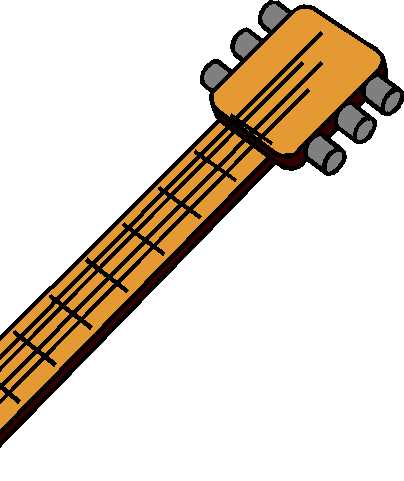|
Why Play in Alternate Tunings?
|
 |
|
Why Play in Alternate Tunings?
|
 |
First ask the question: why is the standard guitar tuning standard? Where did this strange combination of a major 3rd and four perfect 4ths come from? There is a bit of history (view the guitar as a descendant of the lute), a bit of technology (strings which are too high and thin tend to break, those which are too low tend to be too soft), and a bit of chance. Nevertheless, a standard is a standard, and nearly everyone who plays knows EADGBE. It’s only a few folk musicians who use different tunings, and they probably do it because they can’t play well enough, right?
Er, well, maybe Leo Kottke knows what he’s doing, and maybe Wm. Ackerman and Michael Hedges are good, and maybe Adrian Belew is talented... But playing in alternate tunings is impossible on stage, retuning is a nightmare... strings break, wiggle and bend out of tune, necks warp. And the alternative - carrying around five special guitars for five special tuning tunes - is a hassle. Back to EADGBE.
But all these "practical" reasons pale compared to psychological inertia. I've spent years mastering one tuning, why should I try others? Because there are musical worlds waiting to be exploited. Once you have retuned and explored a single alternate tuning, you'll be hooked by the unexpected fingerings, the easy drone strings, the "new" open chords. New tunings are a way to recapture the wonder you experienced when first finding your way around the fretboard - but now you can become proficient in a matter of days rather than years!
And the ‘practical’ reasons are becoming less convincing with the introduction of MIDI guitar controllers, which do much more than just allow guitarists to play synthesizers. With the flick of a button you can change the tuning of all six strings; no messy out of tune strings, no broken strings, no extra guitars. And the alternate tunings themselves are no longer confined by the mechanics of string widths and neck tensions. How about a tuning with six bass strings? A tuning that spans six octaves? String configurations that were impossible to manufacture with wood and gut can now be realized with a little MIDI magic.
Back to the Alternate Tuning Guide, to the page for 19-tone equal temperament guitar tunings, or to my home page.